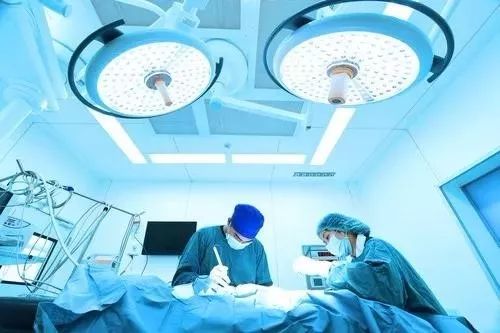What is the continuous disinfection of visible light lighting?
What is the continuous disinfection of visible light lighting? It uses illumination at the blue end of the visible spectrum to kill bacteria in hospitals and other spaces.
Why is this important? Almost a third of hospitalized patients are caused by health-related infections. If this technology is accepted by the medical service provider, it will open up a huge market for the lighting industry.
Is this new? Although this technology has caused many people's interest in the field of lighting, there was a major breakthrough 20 years ago when Strathclyde University in Glasgow found that a tuned lighting system could kill the super bacteria in the hospital. , including MRSA and Clostridium difficile.

About four years ago, the lighting system tried in the intensive care unit of the Royal Glasgow Hospital in the United Kingdom has proved to be able to kill super bacteria, including MRSA, E. coli, and Clostridium difficile. The HINS-optical system was developed by the University of Strathclyde, UK. Its spectrum is 405nm and its wavelength is shorter. However, it is slightly longer than ultraviolet light. Unlike UV, it is still visible to the human eye. The system has a purple hue, but the research team combined LED technology to produce a regular hospital lighting warm white lighting effect.
How does it work? The UV-C LED's energy can kill most pathogens almost instantaneously, but this spectrum from the 100-280 nm range also kills healthy cells and is also dangerous to the human eye and other organs. Longer-wavelength light takes longer to kill bacteria, but it can be used together when someone is on site. The narrow spectrum of visible light excites molecules that create a chemical reaction that kills bacteria from the inside, as if the bleaching agent was released in the bacterial cells.
What is the best wavelength? Different manufacturers use different wavelengths, Current uses the 300-380 nm range, but most of the focus is on 405 nm. A study at the University of North Carolina found that 405 nm inactivated three major bacteria (MRSA, VRE, MDRA) at a contact time of 1 to 96 hours.
Does it look different from ordinary lighting? Narrowband LEDs can be integrated into common warm white fixtures, so they look like standard LED panels.
Where is it used? Some medical institutions and some hospitals currently used in the United States work well. For example, the Maury Regional Medical Center in Columbia, Tennessee, found that after a one-month period, the number of bacteria in the operating room was reduced by 85% and the number of surgical site infections was reduced by 73%. Due to the licensing agreement between Vital Vio and Emergency Vehicle manufacturer Code 3, the technology is also entering the ambulance.
Who is the main player? Hubbell Lighting, Kenall (both using Strathclyde University-authorized technology), Vital Vio (connected with Rensselaer Polytechnic Institute), Acuity (using Vital Vio patent), GE Current (internal technology).
Hubbell Lighting of the United States introduced LED-based continuous disinfection technology at this year's LightFair International. John DiNardi, general manager and vice president of Hubble Lighting Components, said that the company will be positioning such as changing clothes. Room applications, and this technology is called high-intensity narrow-spectrum (HINS) lighting.
Current is currently the first company that plans to use UV for continuous disinfection, and is also exhibiting at the US International Lighting Fair. Current claims that its products will emit light in the range of 300-380nm. Current or focus on UV-A technology for medical purposes. The application of the center.
Vital Vio, a healthcare solutions company that uses its patented VioSafe® white light disinfection technology to sterilize, recently announced that its innovative white light-disinfection LED technology has received another patent.
Ningbo Autrends International Trade Co.,Ltd. , https://www.supermosvape.com